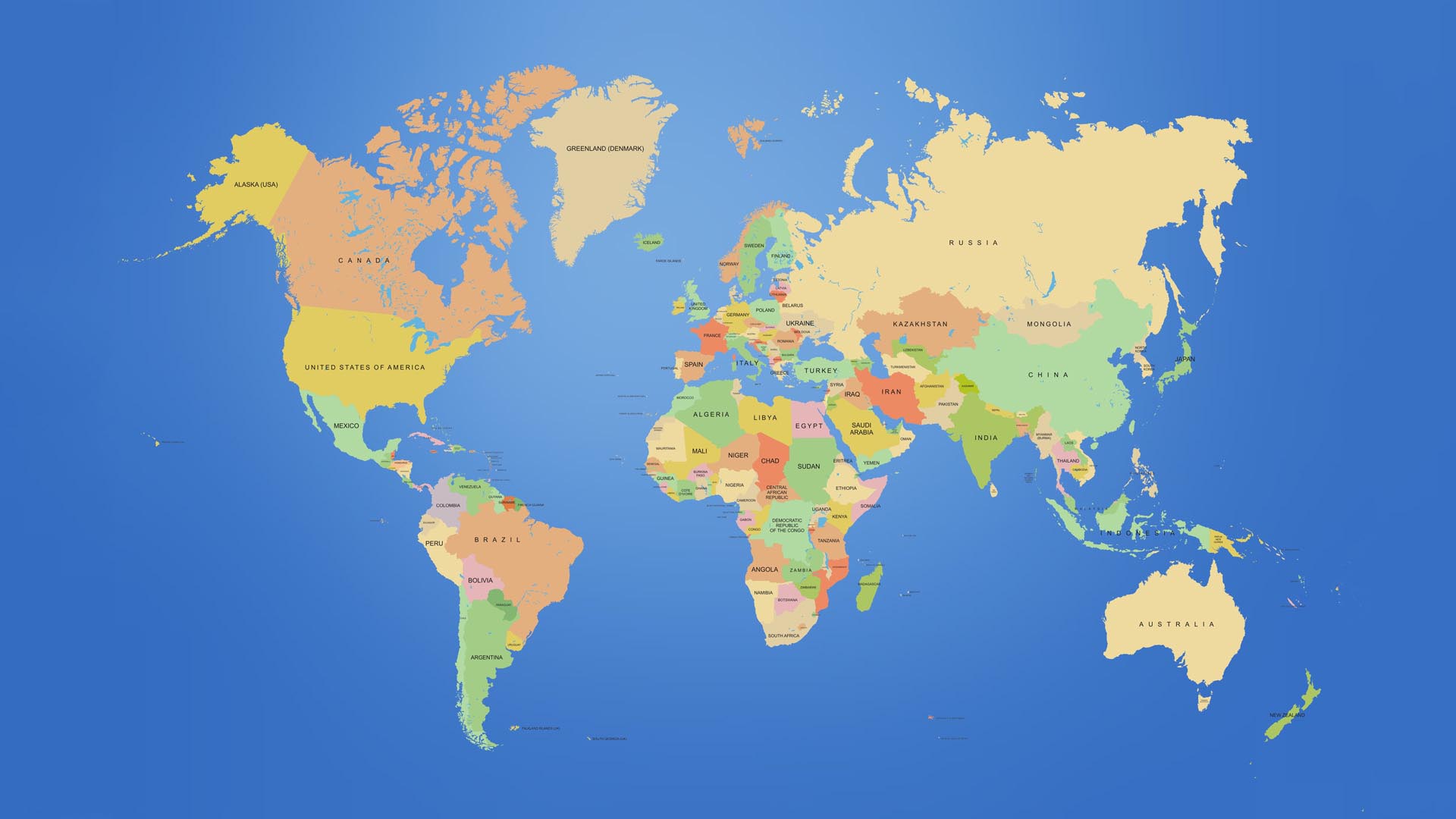Strong communication and collaboration are the driving forces behind a successful work environment.
And, with so many teams working remotely, it’s more important than ever to use the right tools and implement the right best practices to collaborate and communicate more efficiently.
Here are some top tips on how to start communicating and collaborating better within your team, no matter what industry you’re in!

Do These Five Things To Improve Team Communication and Collaboration
1. Use Spike
As the world’s first conversational email app, Spike is one of the most exciting new platforms out there when it comes to team collaboration and communication. With Spike team collaboration all takes place in one central, unified location.
But wait, what exactly is conversational email, you ask? Well, Spike syncs with your existing email service and turns those boring old traditional email threads into chat-style conversations.
In other words, instead of having to sift through long, repetitive, and cluttered email threads to find replies, information, and files, you see your email conversations in an instant message view, with easy-to-read chat bubbles and profile pictures for people you’re talking to.
Using Spike for emailing back and forth with your team is just as straightforward as using any of the instant messaging apps you may already be familiar with.
This takes the stiff formalities out of email conversations and makes them flow much more naturally, improving communication among team members and increasing collaboration.
But conversational email isn’t the only way Spike improves collaboration and communication within teams — this powerful tool also has built-in video conferencing, voice messages, collaborative notes, tasks and to-do lists, group chats, and more.
This allows you to do more in one place and get more done in less time, greatly reducing the amount of time you and your team spend switching contexts between tons of different apps and platforms throughout the day.
2. Address conflicts right away
Nothing makes communication break down faster than conflict, and without good communication, there’s no way to collaborate effectively.
So, make sure to resolve any conflicts within your team as soon as they pop up, before they have time to grow and start hurting productivity.
If you have personal conflicts with anyone on your team, take them aside and have a one-on-one conversation about what you’re feeling and discuss how to resolve it so both of you are happy.
Or, if you’re a manager, put an open communication policy in place and make sure everyone on your team knows they can come to you for help mediating conflicts when they’re feeling bad about something.
If you notice others on your team struggling to resolve conflicts between each other, consider setting aside some time for a conflict resolution workshop or course. These skills are sure to come in handy over and over again down the road.
3. Have an all-hands video meeting once a week
Too many meetings can be the bane of productivity, but a once-a-week meeting with everyone on your team is a good way to check in with everyone and keep a good handle on project progress.
Since at least part of your team is probably working remotely, this meeting should ideally be a video conference, so everyone can get a little facetime with one another and feel more connected.
During the meeting, have everyone briefly discuss what they’re working on that day and week, and talk about what your team’s overall goals and objectives currently are.
This helps everyone understand what everyone else is working on, and see where they fit into the bigger picture. The more accountability and comprehension there is, the better communication and collaboration will be.
4. Learn what individuals’ preferred communication styles are
Not everyone communicates efficiently in the same way, and what works for communicating and collaborating with one person on your team might not work as well with another individual.
Try to get to know how everyone on your team prefers to communicate and start implementing that style when you have to collaborate with them on tasks and projects.
For instance, one person may be very action oriented and prefer to hash things out over a quick call or video meeting, whereas another person might be more analytical and methodical and prefer to have things written to them in an email or a chat message.
If you’re having trouble figuring out what your teammates’ communication styles are, or if you just want a fun and interesting activity, consider having everyone take personality tests that include a communication style component.
5. Have regulate one-on-one meetings
Whether you’re a manager, or you have a manager, regular one-on-ones go a long way towards finding ways to address problems with communication and collaboration.
Ideally, you should schedule a 15-minute check in with your employees or your manager once a month, and use this time to discuss what’s working and what’s not working.
Having these types of one-on-ones also helps improve engagement and keeps team members feeling productive and content, so they’re less likely to check out and start looking for opportunities elsewhere.







